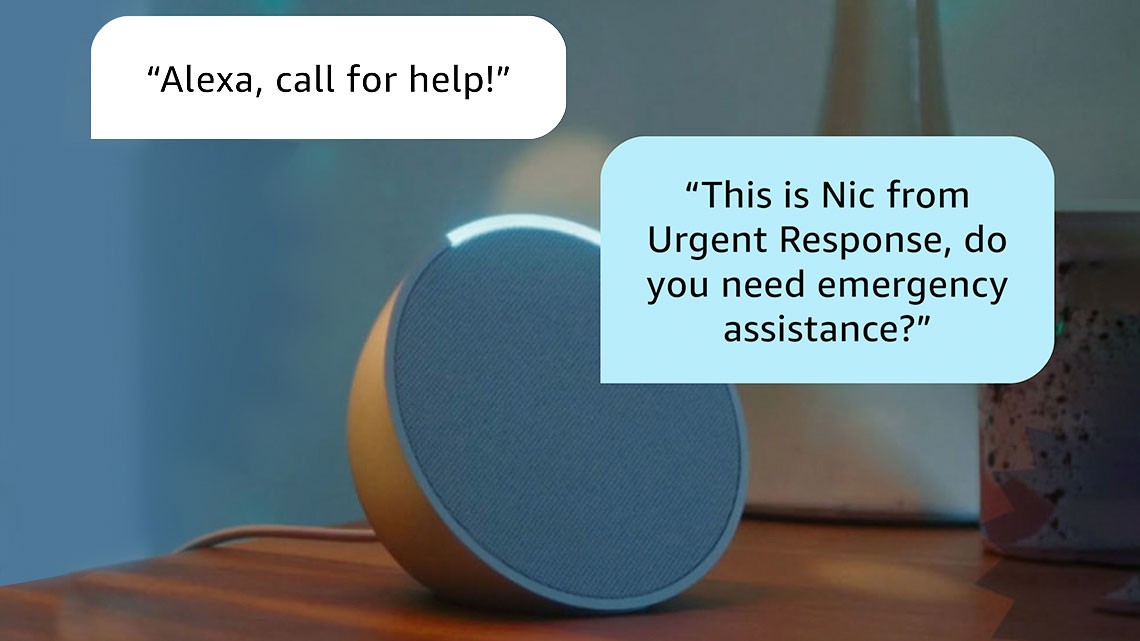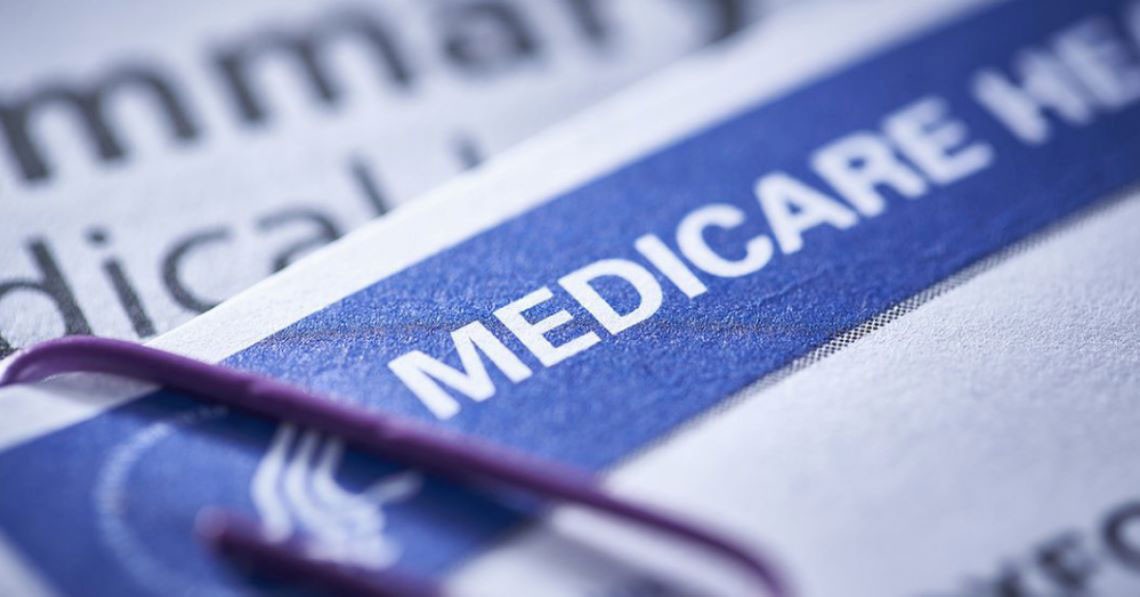Staying Fit


When Kristen Tyler was caring for her father, she didn’t know that the federal government had programs that could help her dad afford the thousands of dollars his health care and medications cost. Now Tyler is helping others learn about the Medicare Savings Programs (MSPs).
“Everything was so expensive, and we were drowning in debt,” says Tyler, who is a senior programs coordinator for SC Thrive, a South Carolina community organization that helps connect people to government and other resources that can improve their quality of life. “We didn’t know about any of these programs.” Tyler’s dad passed away before the 33-year-old Columbia, South Carolina, resident began her current position last year.


AARP Membership— $12 for your first year when you sign up for Automatic Renewal
Get instant access to members-only products and hundreds of discounts, a free second membership, and a subscription to AARP the Magazine.
SC Thrive is partnering with AARP Foundation to get the word out about a number of the MSPs that can save low-income Medicare beneficiaries more than $7,000 a year in out-of-pocket health care costs.
Depending upon which program enrollees qualify for, their monthly Part B monthly premium — $174.70 in 2024 — can be paid for, as well as other out-of-pocket copays and coinsurance charges. Part B covers doctor visits, diagnostic tests and other outpatient services. People who qualify for one of the MSPs can also enroll in another program called Extra Help, which helps pay for Part D prescription drug plan premiums and copays.
“These programs put money back in people’s pockets that can help them afford healthier foods, afford health care and really secure the essentials — which is what we’re about at the foundation,” says Nicole Heckman, AARP Foundation’s vice president, Benefits Access Programs.
In an effort to remove barriers to people’s ability to participate in the Medicare Savings Programs, AARP Foundation has started an outreach campaign and is funding local organizations like SC Thrive in an effort to make more people aware of the MSPs. The campaign has started in three states (Alabama, Mississippi and South Carolina), and the foundation hopes to expand it in the coming months. To find out if you qualify for these programs, call AARP Foundation at 855-510-2107 and you will be directed to a resource in your state that can answer questions and help you apply. Each state also has a State Health Insurance Assistance Program (SHIP) with counselors who can walk Medicare beneficiaries through the steps to apply for an MSP.
In her outreach work, Tyler visits senior centers, houses of worship, farmers markets, barber shops and beauty salons — anywhere older folks congregate. She even stops by doctors’ offices to spread the word. “If I can take one person’s stress away, I feel I’ve done my good deed for the day,” she says.



































































More on Medicare
Several Programs Offer Help to Pay for Medicare Costs
Find out what’s out there and how to applyHow to Sign Up: A Guide to Medicare Enrollment
When you can enroll for health coverage, the best ways to do it and how to avoid penalties
The Big Choice: Original Medicare vs. Medicare Advantage
Which path you take will determine how you get your medical care — and how much it costs